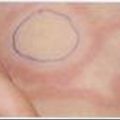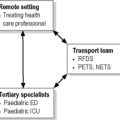10.2 Diabetic emergencies in children
Hypoglycaemia
Hypoglycaemia may cause symptoms related to neuroglycopenia and autonomic activation.
Australasian Paediatric Endocrine Group for the Department of Health and Ageing. Clinical practice guidelines: Type 1 diabetes in children and adolescents. 2005. Available from http://www.chw.edu.au/prof/services/endocrinology/apeg/apeg_handbook_final.pdf [accessed 19.10.10]
National Collaborating Centre for Women’s and Children’s Health. Type 1 diabetes diagnosis and management of type 1 diabetes in children and young people. 2004. Available from http://www.nice.org.uk/nicemedia/live/10944/29394/29394.pdf [accessed 19.10.10]





